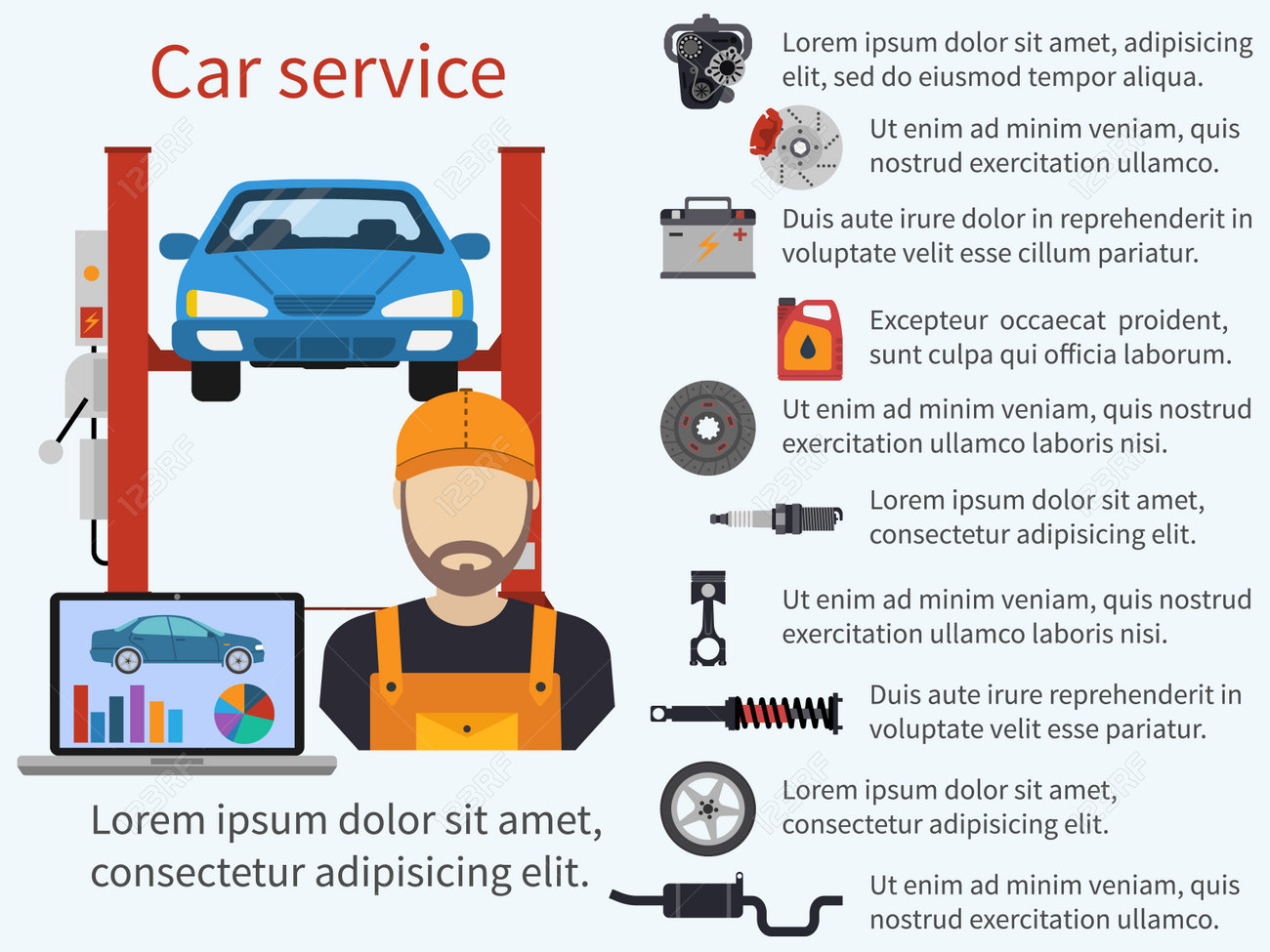Comprehending The Significance Of Your Vehicle'S Warning Signals: What They Actually Represent
Comprehending The Significance Of Your Vehicle'S Warning Signals: What They Actually Represent
Blog Article
Article Written By-Lim Stark
When you're behind the wheel, those beautiful warning lights on your dashboard can be a little bit puzzling. Do window tinting know what they're trying to inform you concerning your vehicle's wellness? Comprehending the relevance of these lights is vital for your safety and security and the longevity of your car. So, the next time among those lights pops up, wouldn't you wish to analyze its message accurately and take the needed steps to resolve it?
Common Caution Lights and Interpretations
Identify usual warning lights in your automobile and recognize their significances to make certain safe driving.
The most common warning lights include the check engine light, which signals problems with the engine or exhausts system. If this light comes on, it's crucial to have your vehicle checked promptly.
The oil pressure advising light shows reduced oil stress, requiring prompt attention to prevent engine damages.
A blinking battery light might suggest a malfunctioning billing system, possibly leaving you stranded otherwise attended to.
The tire stress surveillance system (TPMS) light alerts you to reduced tire stress, affecting lorry security and fuel performance. Ignoring this can lead to harmful driving problems.
The abdominal light indicates an issue with the anti-lock stopping system, endangering your capacity to quit swiftly in emergency situations.
Last but not least, the coolant temperature level alerting light warns of engine overheating, which can cause extreme damages otherwise resolved quickly.
Understanding just click the up coming page will certainly aid you attend to issues quickly and maintain safe driving conditions.
Value of Prompt Attention
Recognizing the typical caution lights in your cars and truck is just the first step; the importance of without delay attending to these warnings can not be highlighted enough to ensure your safety and security on the road.
When a caution light illuminates on your dashboard, it's your car's way of communicating a prospective concern that requires focus. Ignoring these cautions can bring about much more severe problems down the road, jeopardizing your security and possibly costing you much more in repairs.
Trigger attention to advising lights can protect against break downs and mishaps. For instance, a flashing check engine light could suggest a misfire that, if left unattended, might create damages to the catalytic converter. Addressing this promptly can conserve you from a costly fixing.
Similarly, a brake system alerting light may signify low brake liquid or worn brake pads, critical parts for your safety when driving.
Do It Yourself Troubleshooting Tips
If you see a caution light on your dashboard, there are a few DIY repairing ideas you can attempt prior to seeking specialist assistance.
The very first step is to consult your auto's guidebook to comprehend what the details caution light suggests. Sometimes the problem can be as straightforward as a loosened gas cap triggering the check engine light. Tightening the gas cap may resolve the problem.
Another usual issue is a low battery, which can trigger numerous cautioning lights. Examining the battery links for deterioration and ensuring they're safe and secure might repair the problem.
If a caution light continues, you can attempt resetting it by detaching the cars and truck's battery for a couple of mins and after that reconnecting it. Additionally, checking your lorry's fluid degrees, such as oil, coolant, and brake liquid, can aid fix advising lights connected to these systems.
Conclusion
In conclusion, recognizing your car's caution lights is vital for keeping your vehicle running smoothly and securely. By immediately dealing with these alerts and knowing what they imply, you can prevent costly repair services and potential failures.
Keep in mind to consult your vehicle's guidebook for particular details on each cautioning light and act accordingly to ensure a hassle-free driving experience.
Keep notified, stay safe when traveling!
